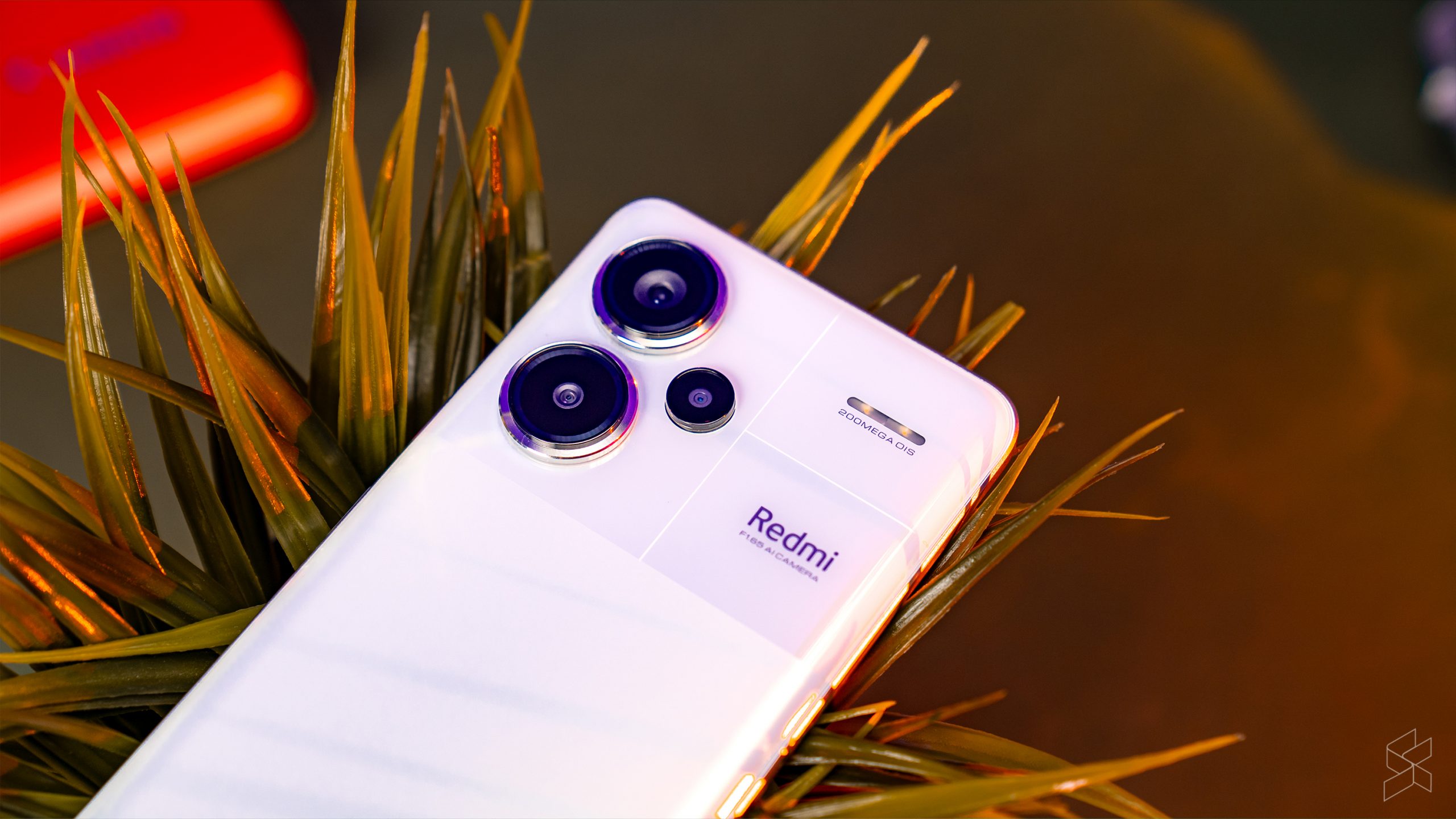In case you missed it, Xiaomi has finally launched their Redmi Note 13 series to the global stage, and sitting at the very top of the lineup is the Redmi Note 13 Pro+ 5G. It is the most feature-packed Redmi Note device ever, with the Chinese giant giving it almost everything you would expect from a flagship smartphone such as an IP68 rating, a curved AMOLED display, and perhaps most importantly for our purpose today, a high resolution 200MP main camera on the rear.
In-sensor zoom wizardry
I’m gonna be honest here and say that, when Xiaomi first revealed the Redmi Note 13 Pro+ 5G and talked about how it has a 200MP main camera that will also be used for 2x and 4x in-sensor ‘lossless’ zoom, I was skeptical. I knew that it’s slowly becoming a trend in the smartphone scene, but my previous experiences with it had been relatively subpar to say the least. I mean, surely having a standalone telephoto would be better than just cropping in with the main camera right?
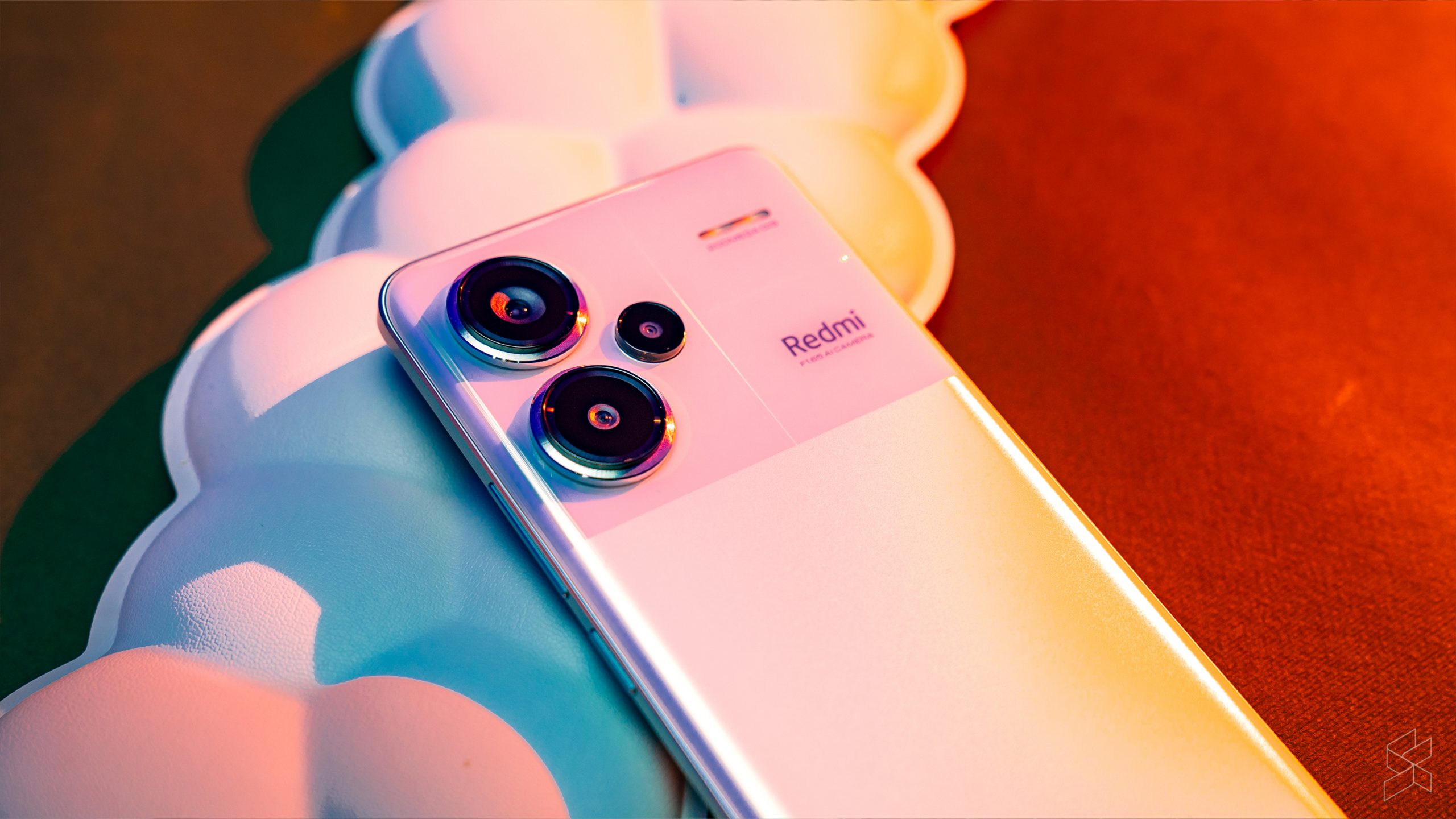
Turns out, I was wrong. The main 200MP, f/1.65 main camera here uses the 1/1.4″ Samsung ISOCELL HP3 image sensor. Samsung themselves had touted the capabilities of the ISOCELL HP3 quite a bit when it first launched it last year, saying that its ‘Tetrapixel’ pixel binning technology allowed for up to 4x lossless zoom. With the Redmi Note 13 Pro+ 5G in particular, when you open up the camera app, you’ll find options for the ultrawide, the regular 1x main camera and an option for a 2x and 4x in-sensor zoom. I’m not sure what kind of mixture of hardware and software wizardry is going on here, but as you’ll see later on I found that the Redmi Note 13 Pro+ 5G’s 2x in-sensor zoom was quite impressive indeed.
But let’s first talk about the main camera. From my couple of days using it to capture some photos, it’s decent enough, with a degree of clarity to it that’s above other midrange smartphones if still lacking a little behind most true flagships that are admittedly far past its price point. Portrait mode was fairly pleasing too, with a good bokeh effect around your subject. It’s biggest weakness though appears to be in the colours, with shots sometimes coming out a little too muted, and occasionally has a purple tint to it. Despite its ‘Pro+’ nature, there’s also no way to capture RAW as far as I can tell. Taking photos with the main camera and then trying to view said photo can sometimes be a little laggy too, especially when trying out the full 200MP photo mode.

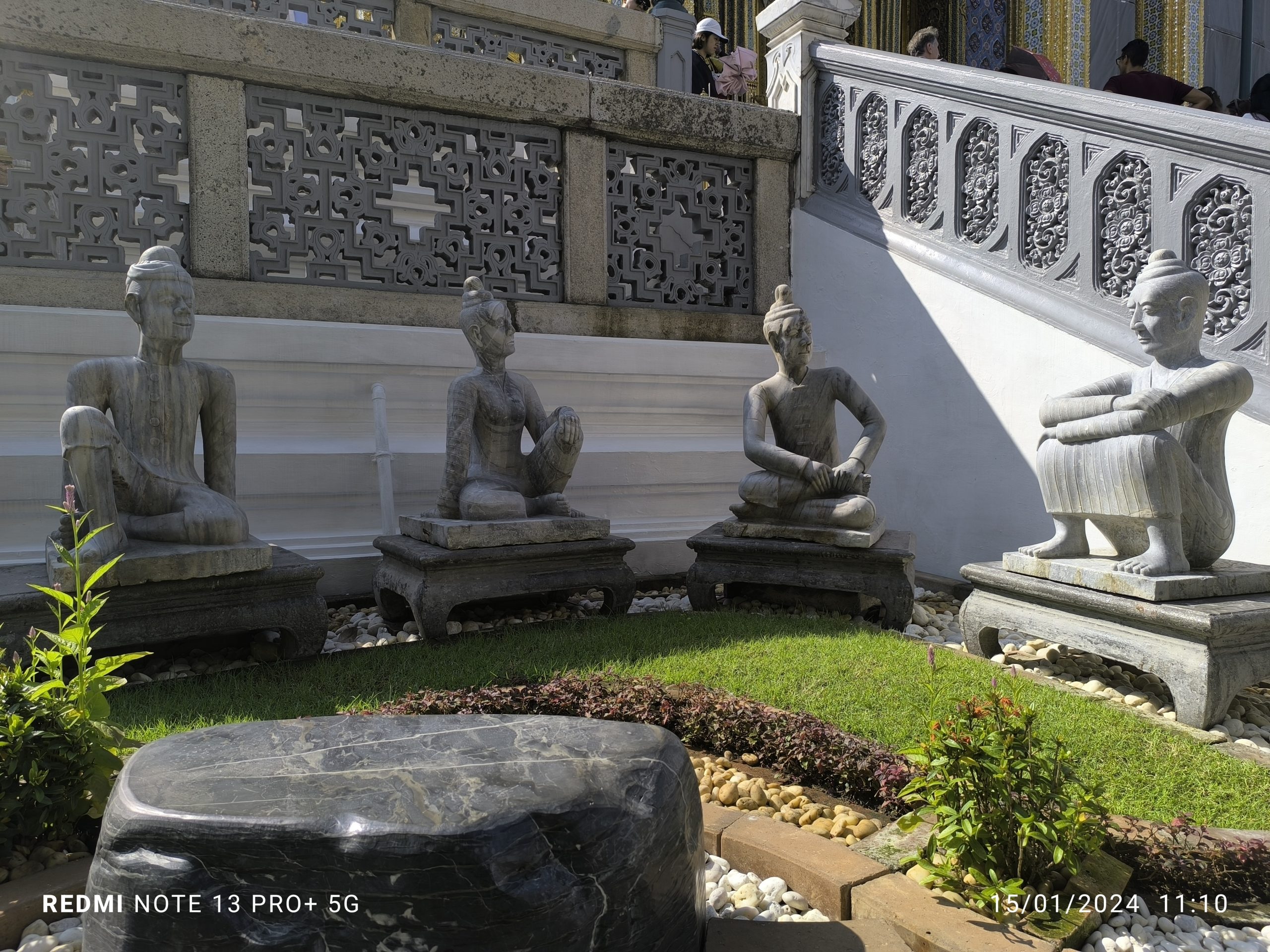
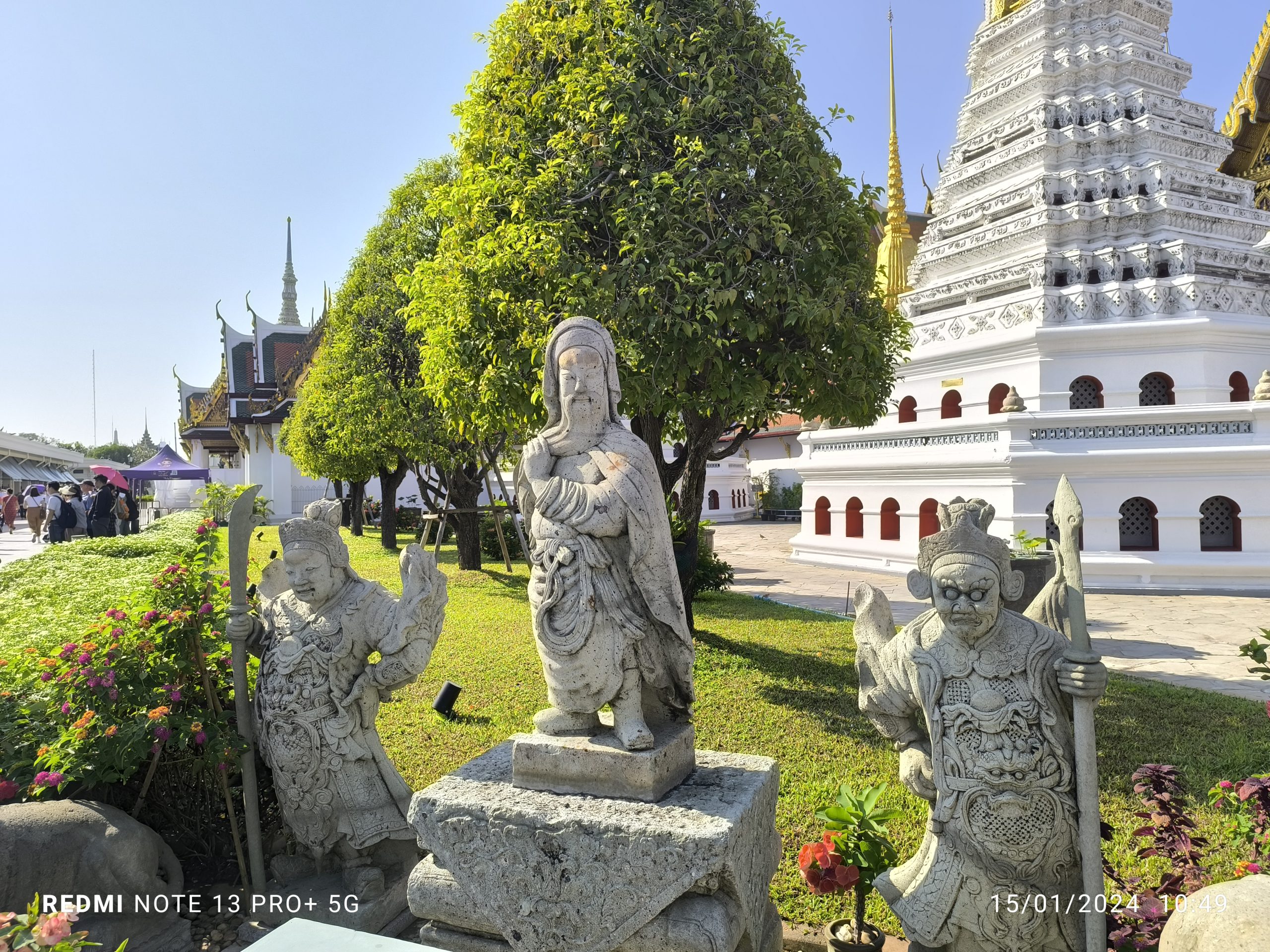
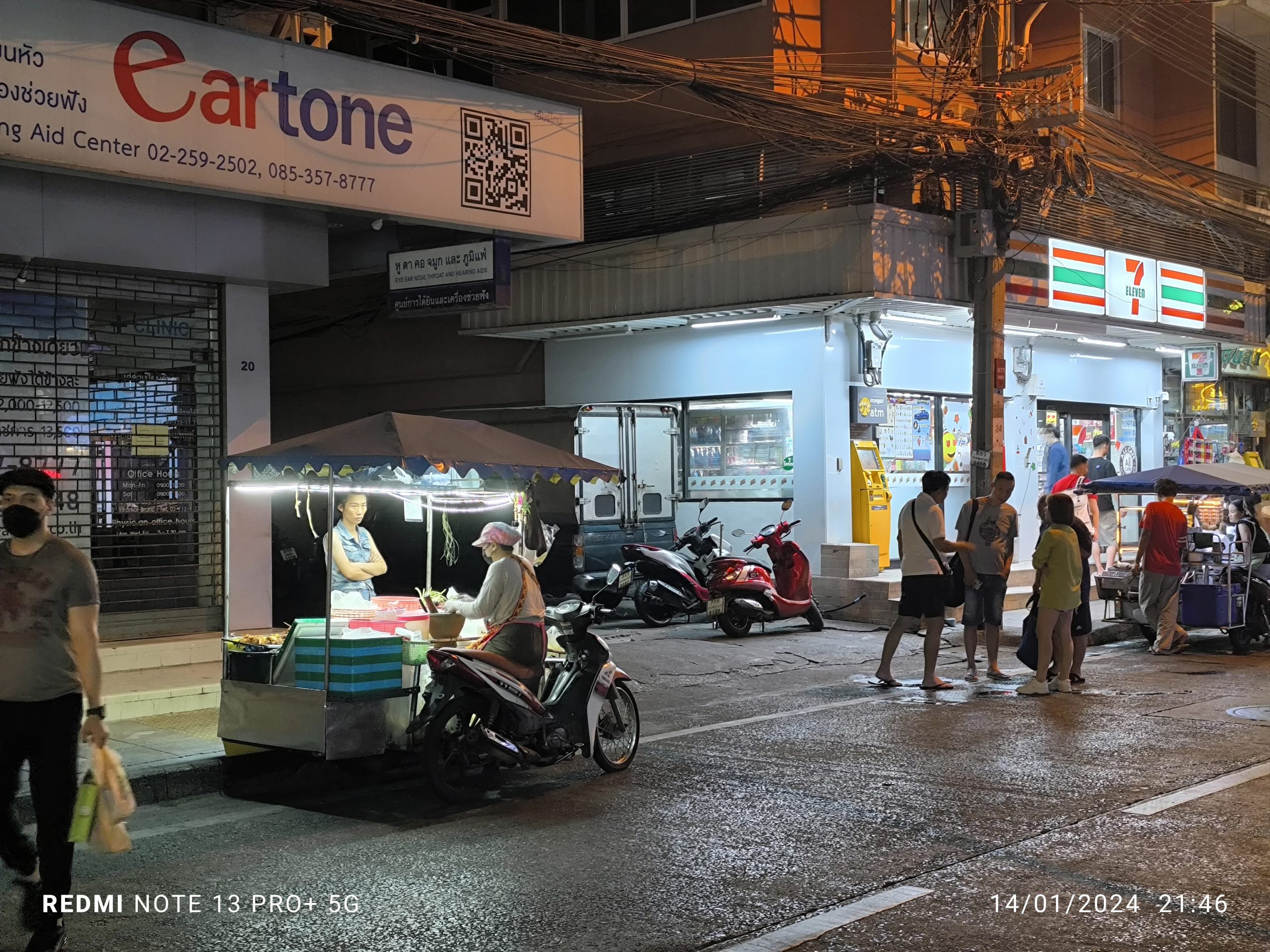


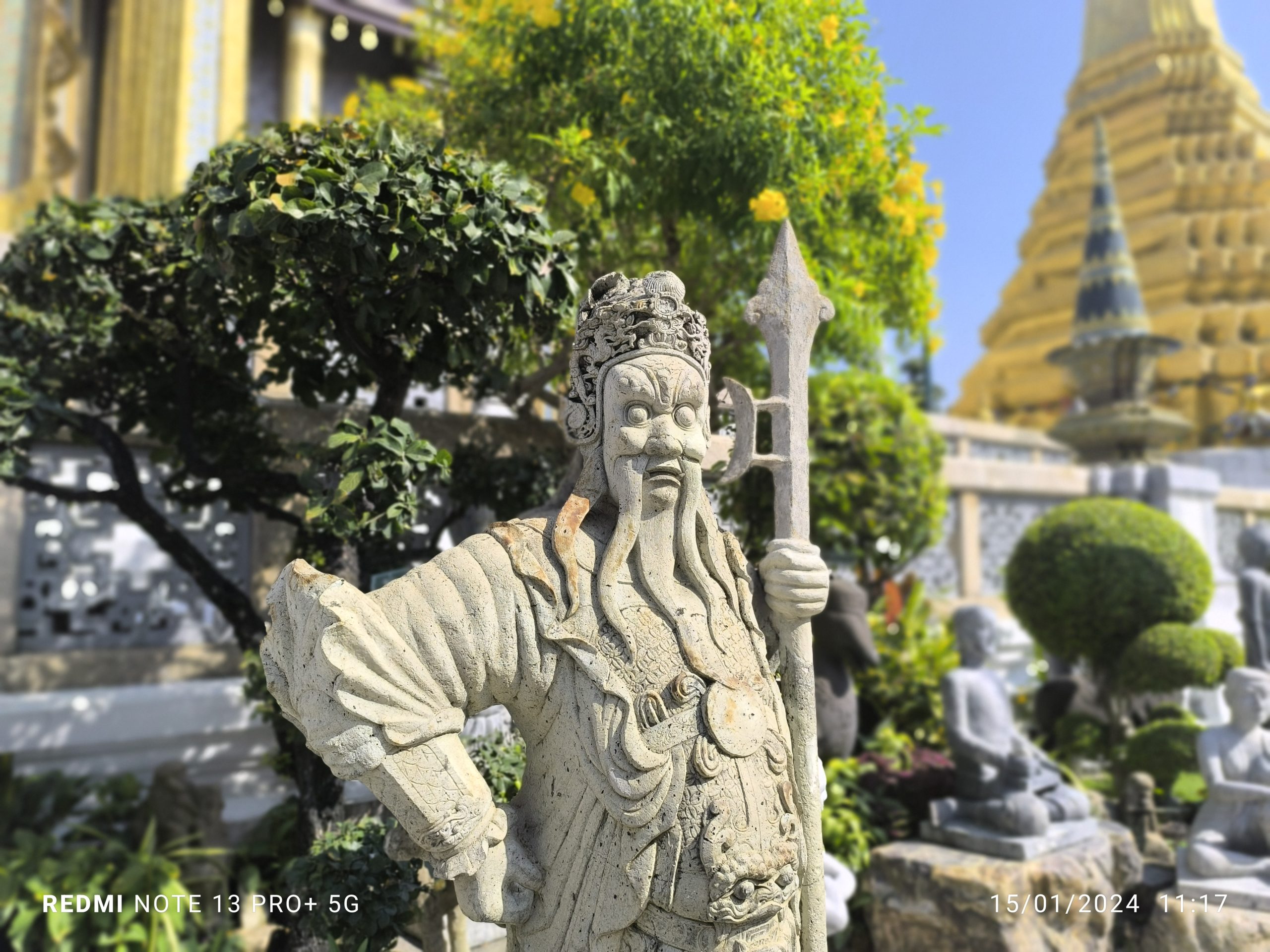
By far and large though, the most surprising element of the camera setup of the Redmi Note 13 Pro+ 5G was its 2x in-sensor ‘lossless’ zoom feature. It not only gave excellent results, it did so consistently, with good colour reproduction as well as the crisp and clarity that I would typically expect from a proper telephoto shooter on a smartphone. I can’t believe I’m saying this but when I was out and about taking photos I even found myself switching to the 2x more than the main camera’s actual 1x mode itself.

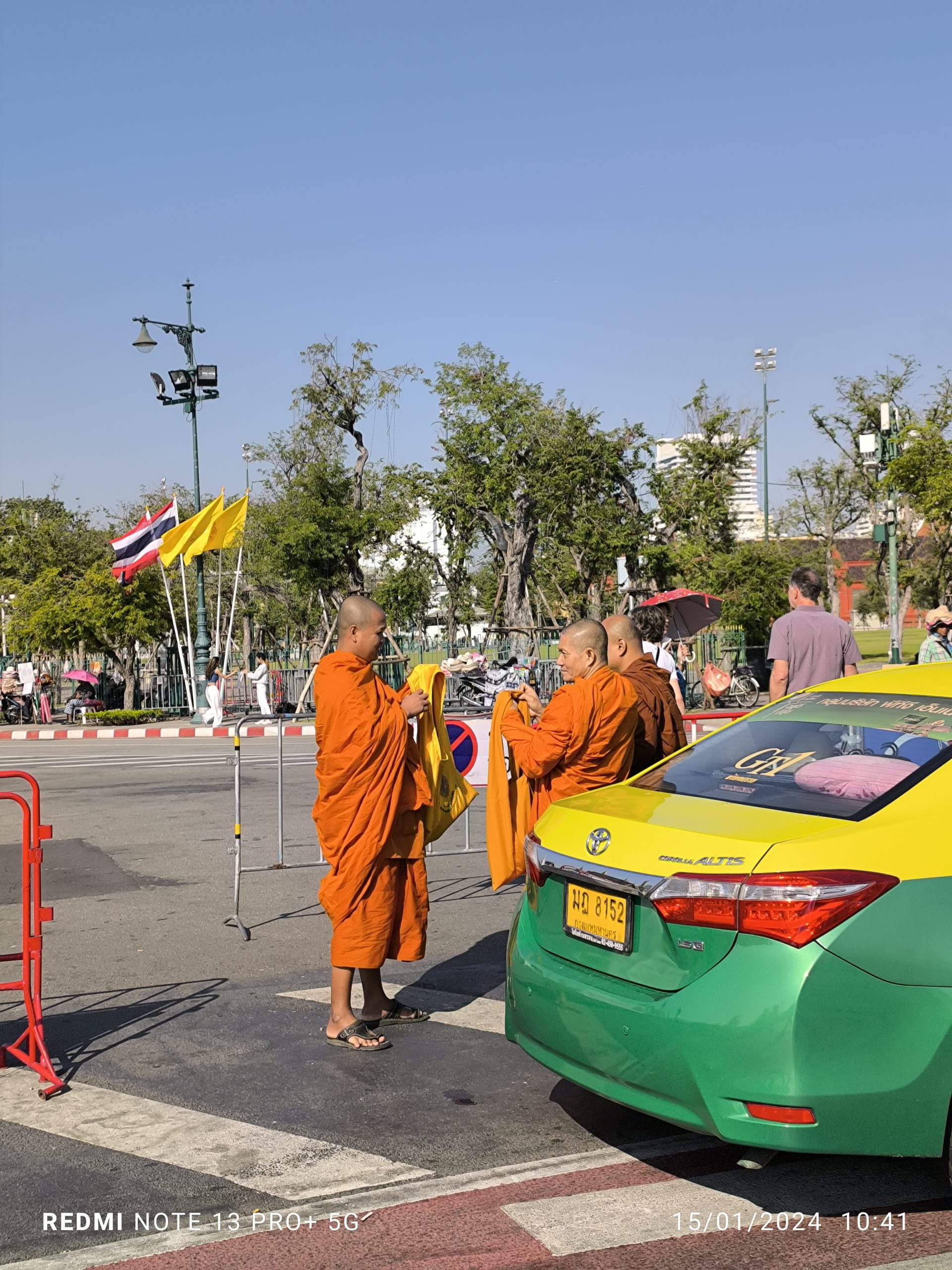
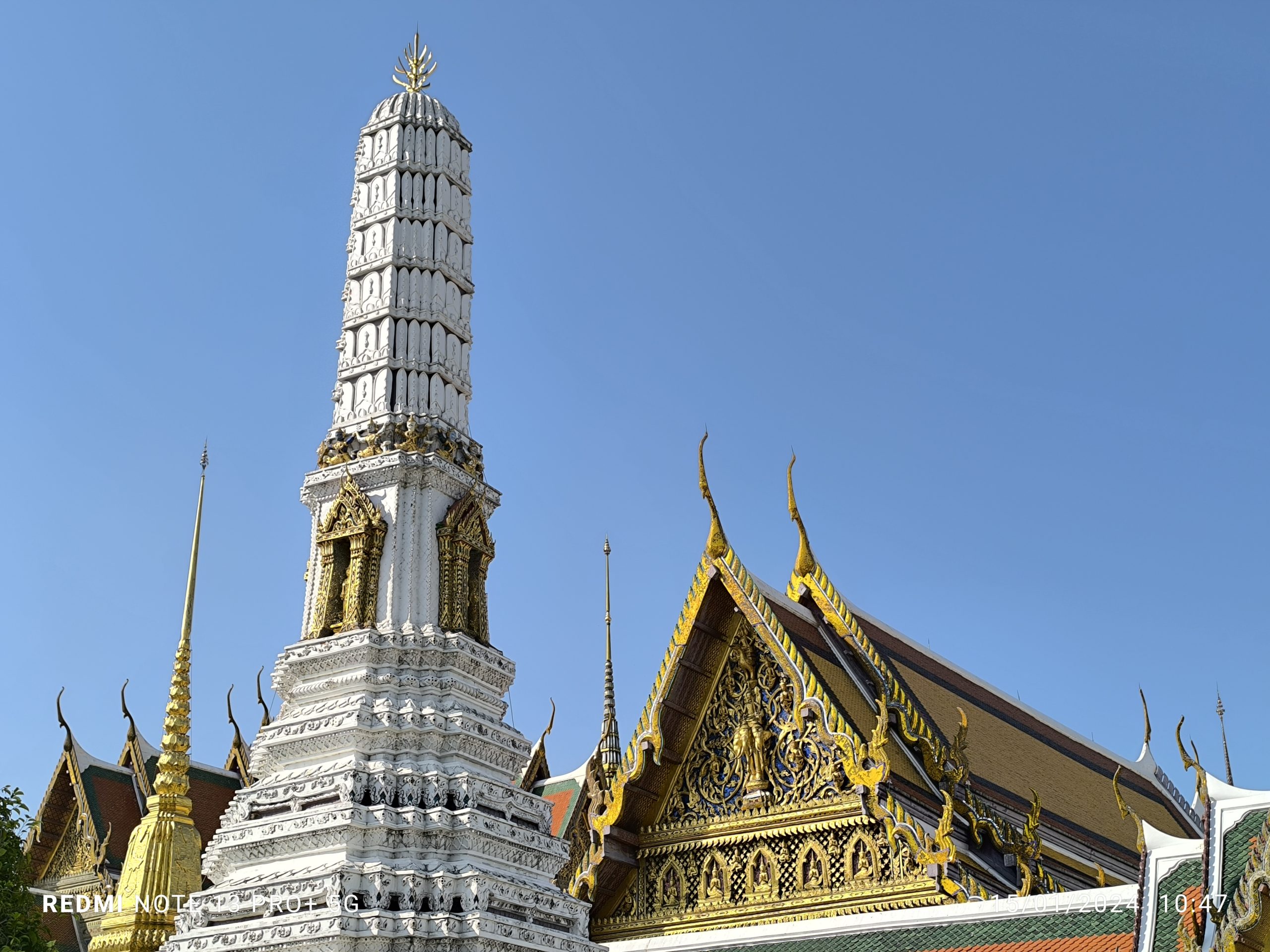
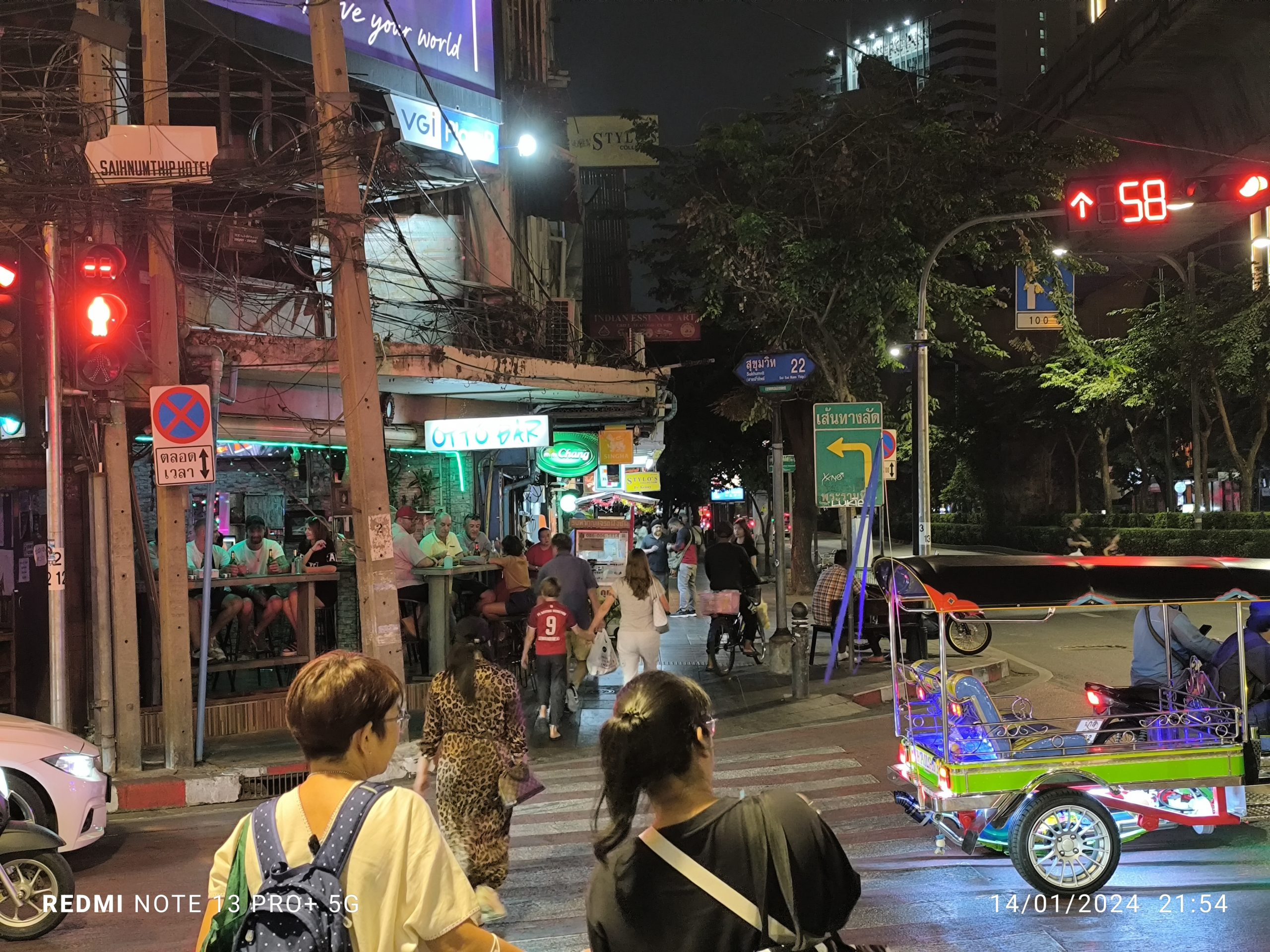
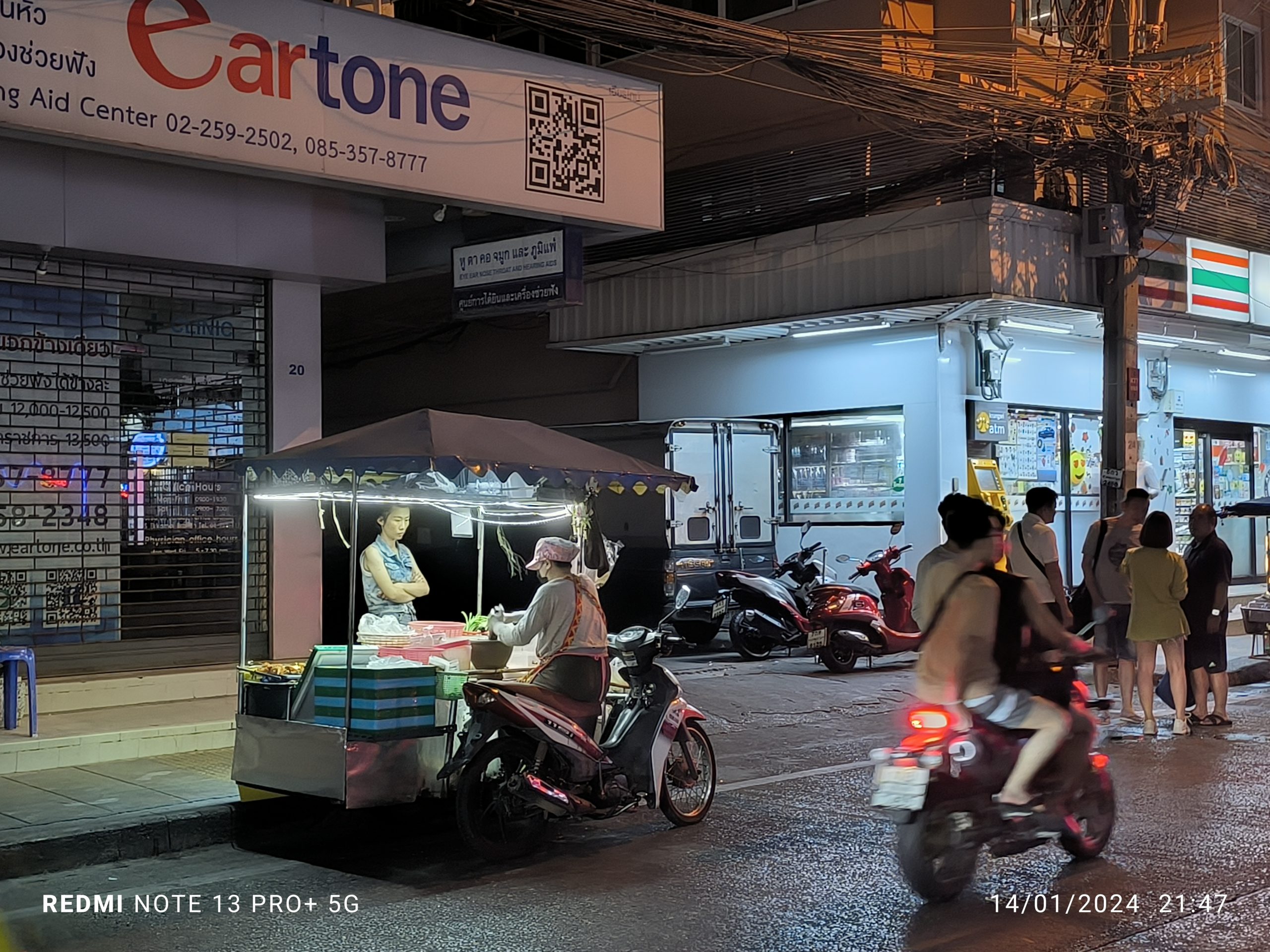
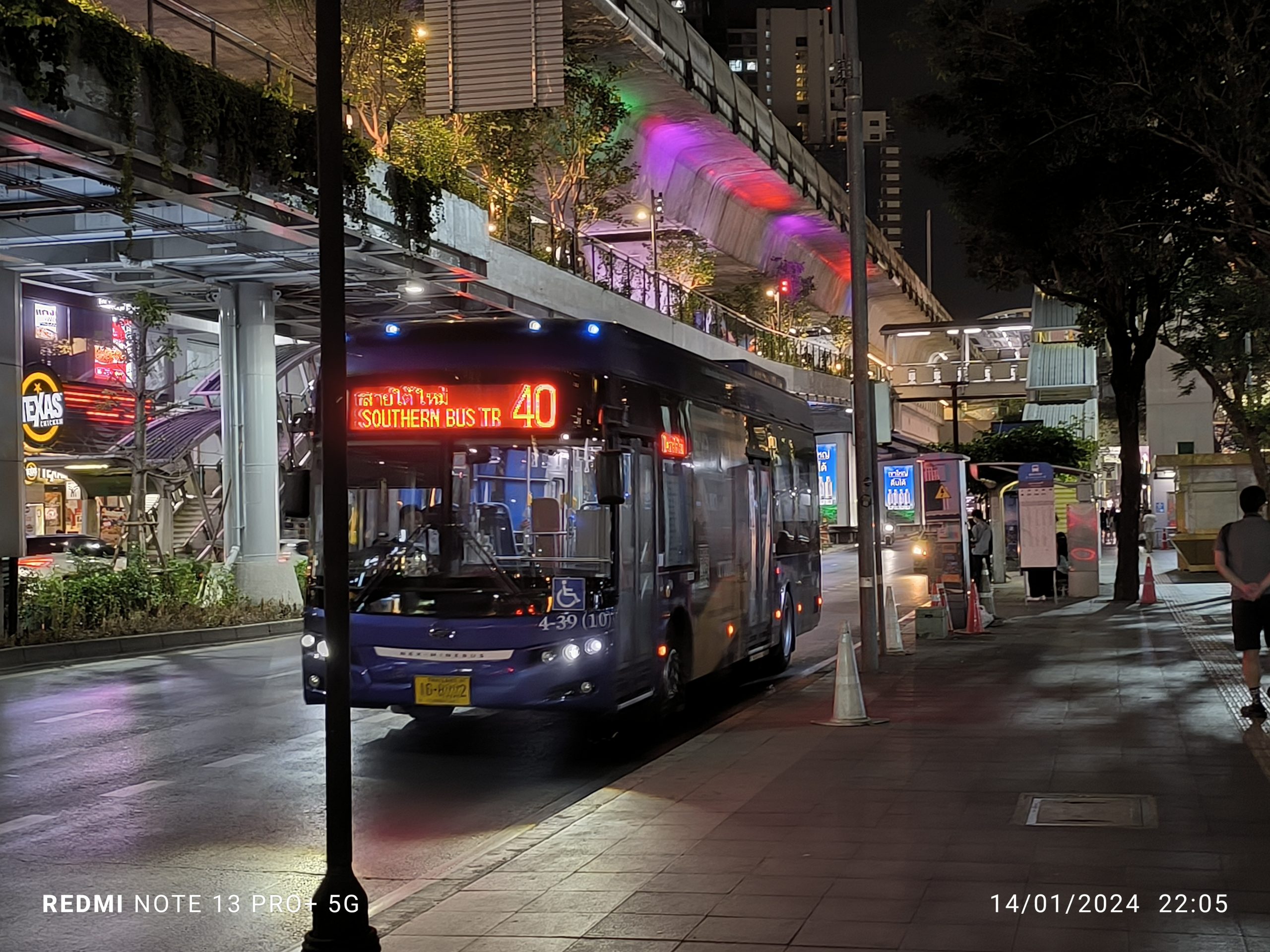
That being said, the 4x in-sensor zoom is a little rough around the edges, sometimes being a touch too blurry and noisy especially in lower light conditions—perhaps showing the limits of the 200MP camera’s in-sensor zoom. Then there’s the 8MP ultrawide shooter which I found tough to play nice with as it occasionally outputs shots that are either just too dark, muted or blurry as well as suffering from the same slightly off colour reproduction with a purple haze in shots.



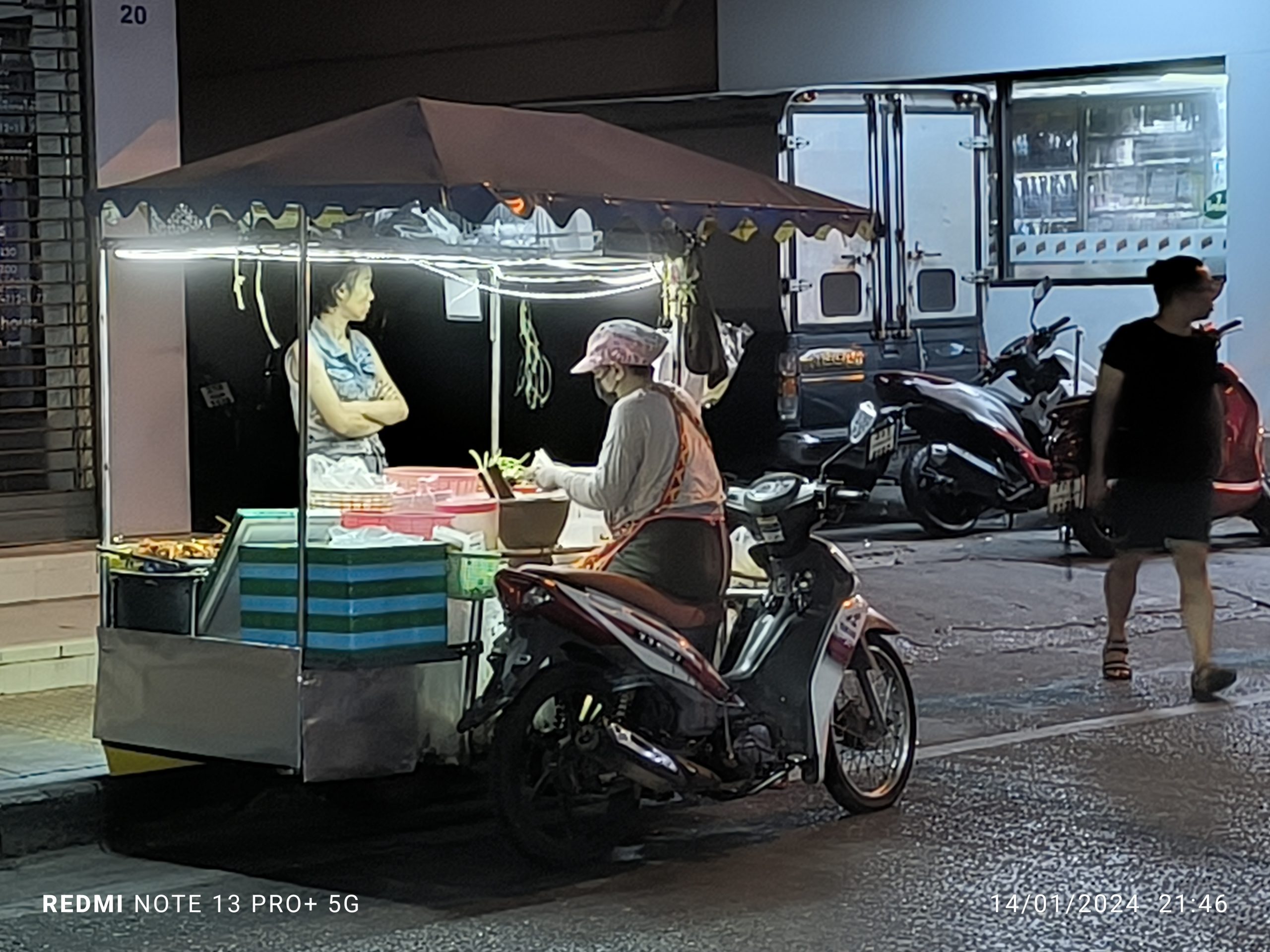
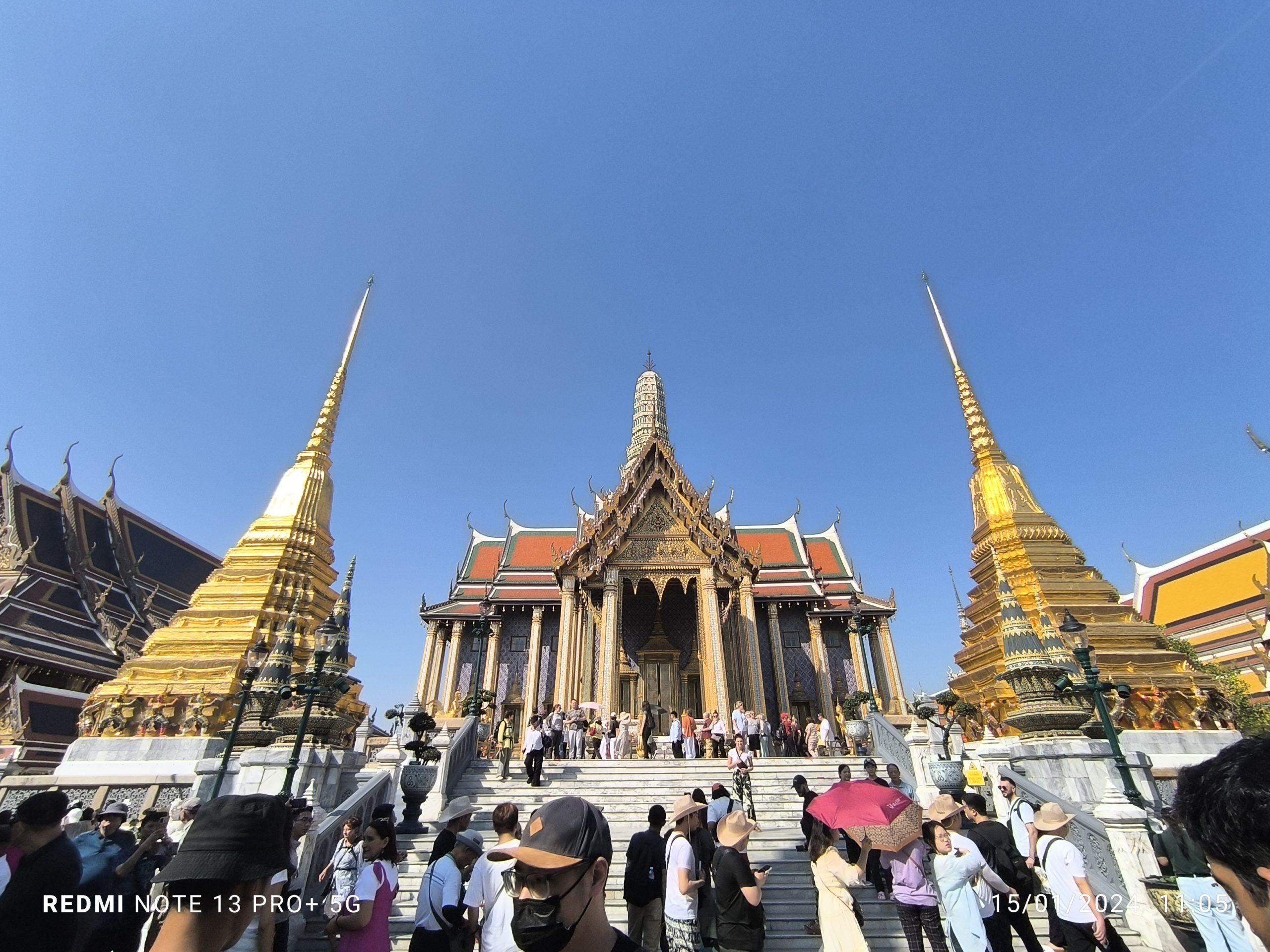
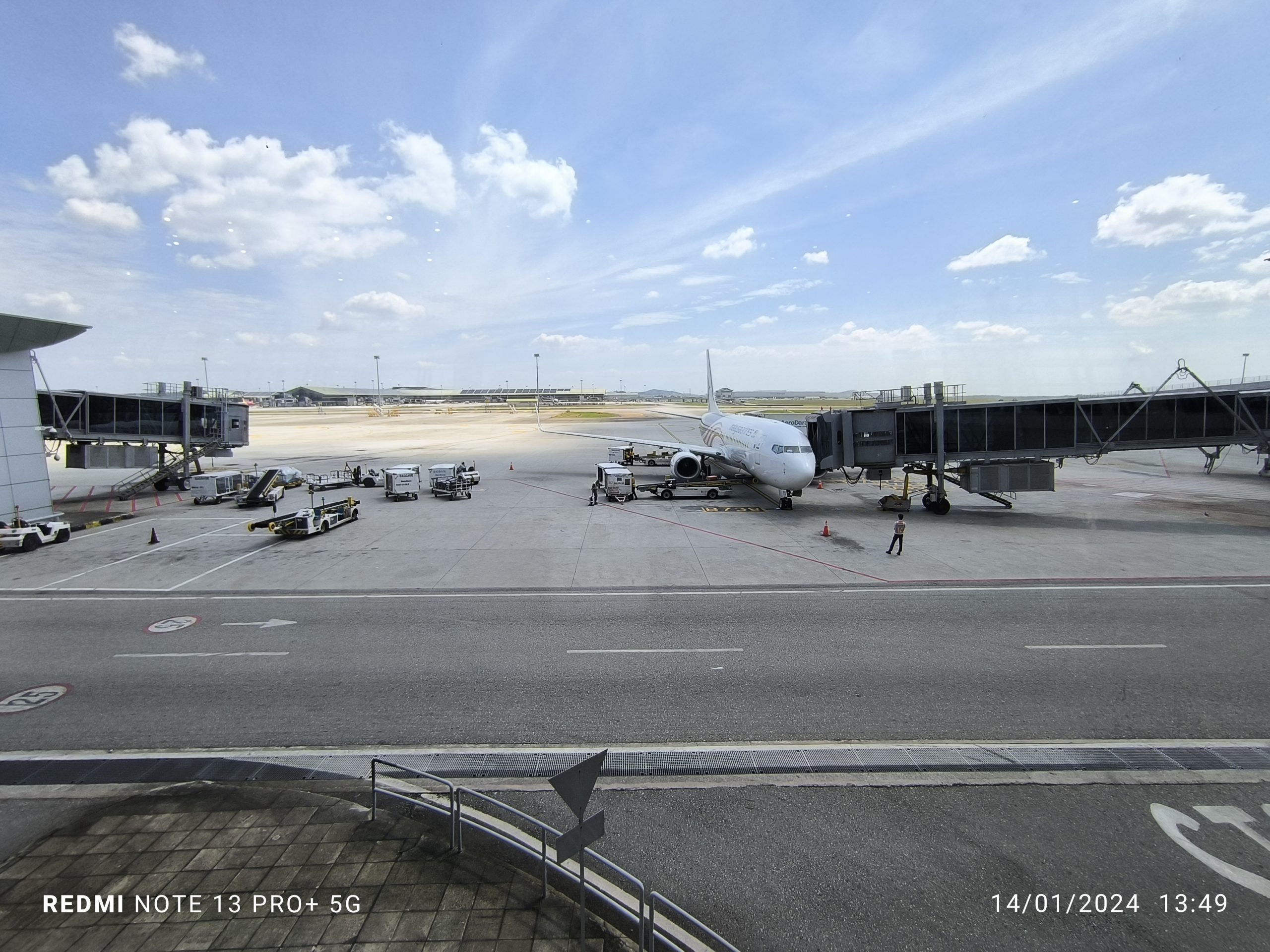
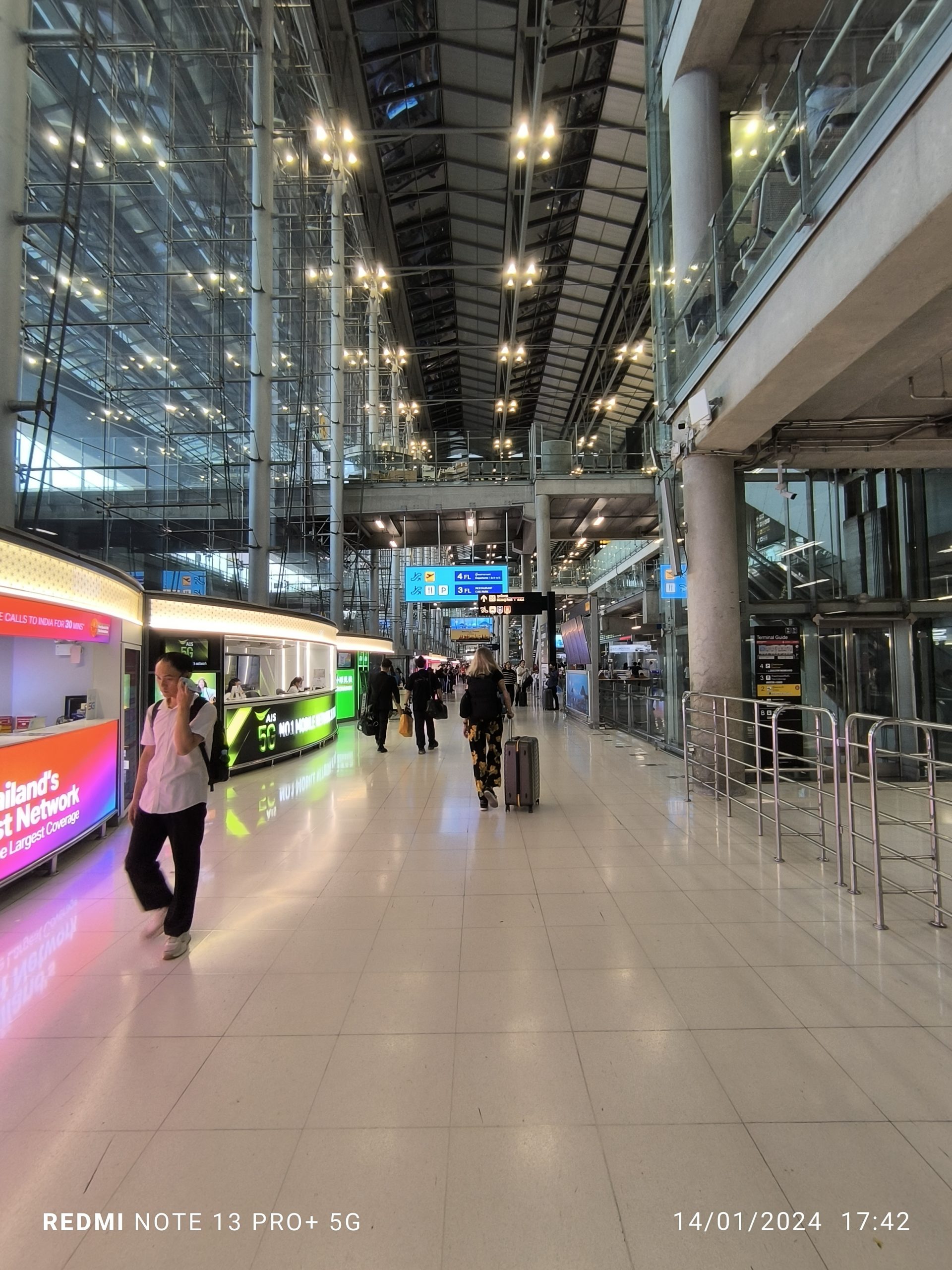
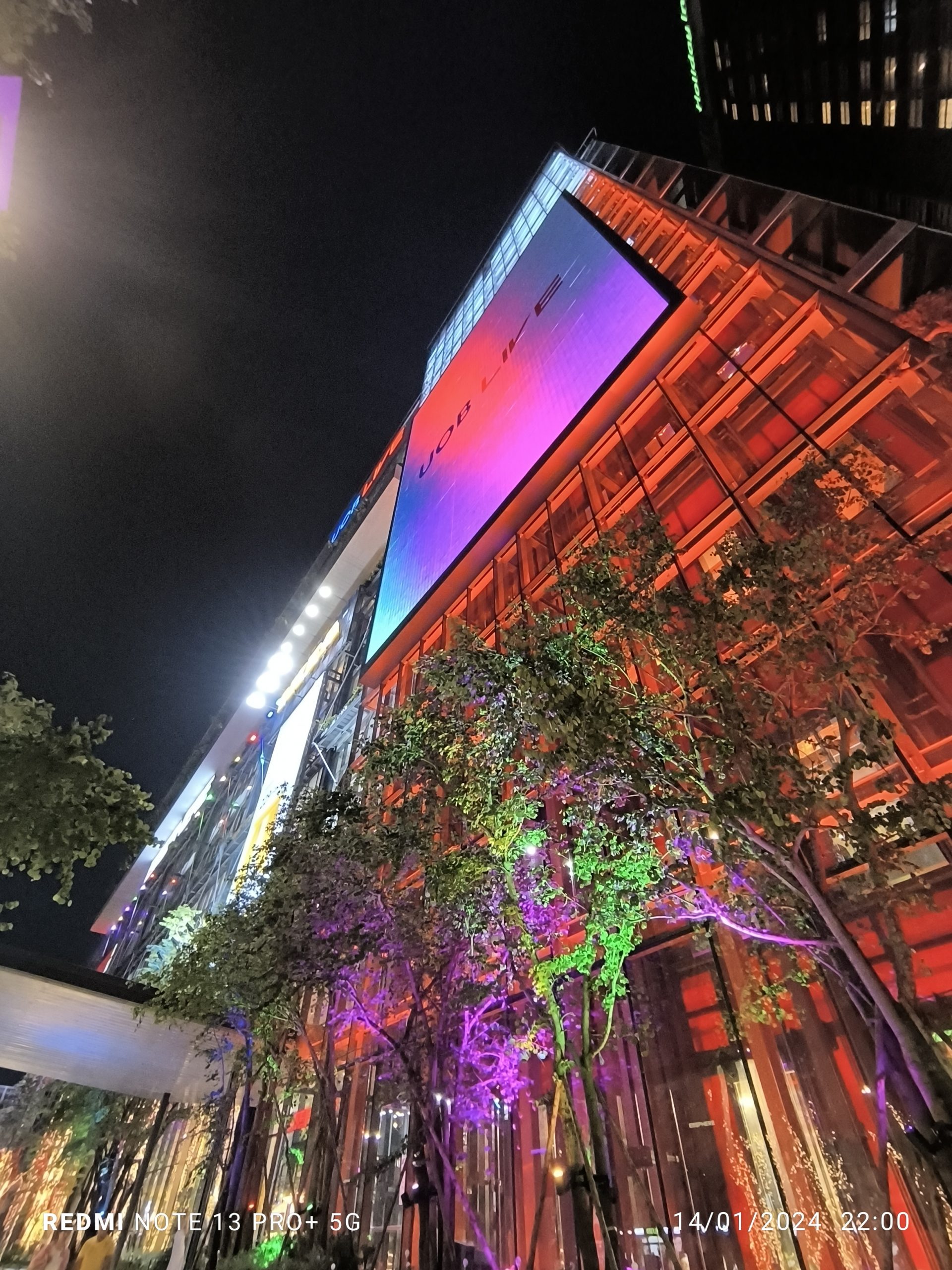
For most people though, unless you’re extremely into taking the Gen Z ultrawide selfie, the main camera and the 2x in-sensor zoom will go a long way for your day-to-day photography.
Don’t forget Xiaomi’s other brilliant camera smartphone
Unfortunately for the Redmi division, the Xiaomi 13T exists. Starting at RM1,799, it’s a tad more expensive than the Redmi Note 13 Pro+ 5G which starts at RM1,599, but does offer a fairly impressive camera setup of its own.
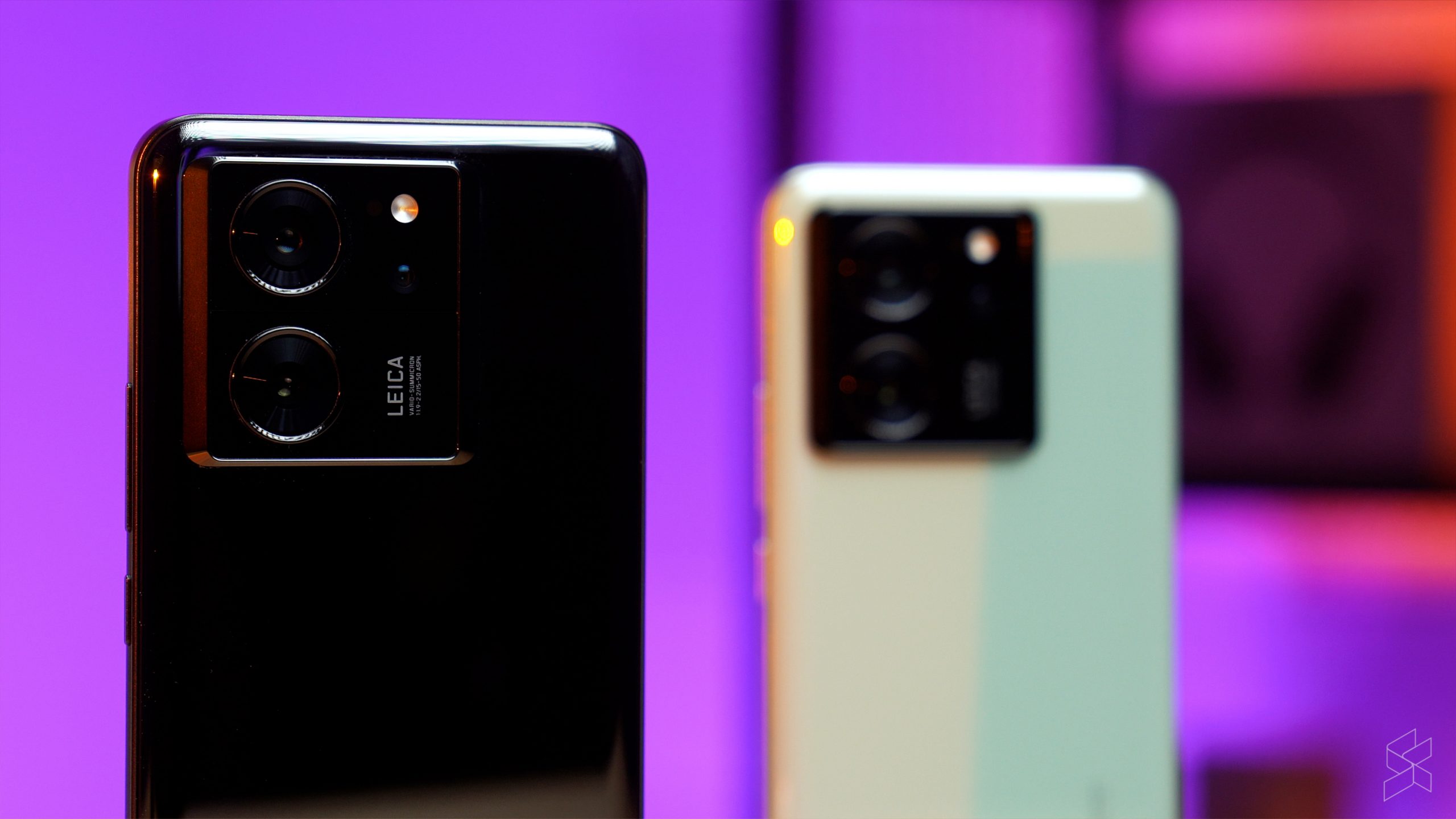
The Xiaomi 13T comes with a 50MP, f/1.9 main camera with a 1/1.28″ image sensor, a 50MP, f/1.9 telephoto shooter for 50mm shots and a 12MP, f/2.2 ultrawide, while a 20MP, f/2.2 selfie shooter rounds things off. Of course, we have to bring up the fact that it has been co-engineered with renowned camera company Leica, and so offers with it Leica-tuned images with your choice between Leica Authentic and Leica Vibrant photography styles and ‘master lens’ portrait modes.
Having tried out the Xiaomi 13T series in the past, I have to say that if you merely want a point-and-shoot experience with main 1x wide shooter, the 13T does edge out the Redmi Note 13 Pro+ 5G here. I personally preferred the Leica Authentic mode, but the Leica Vibrant does offer a more saturated look—though no where near the likes of their Chinese rivals. But when it comes to the telephoto shots, the Redmi Note 13 Pro+ 5G’s ‘lossless’ in-sensor zoom—especially on the 2x mark—does seem to be a little more consistent in getting quality shots compared to the 13T’s 50MP telephoto.
Still pretty incredible for a midrange smartphone
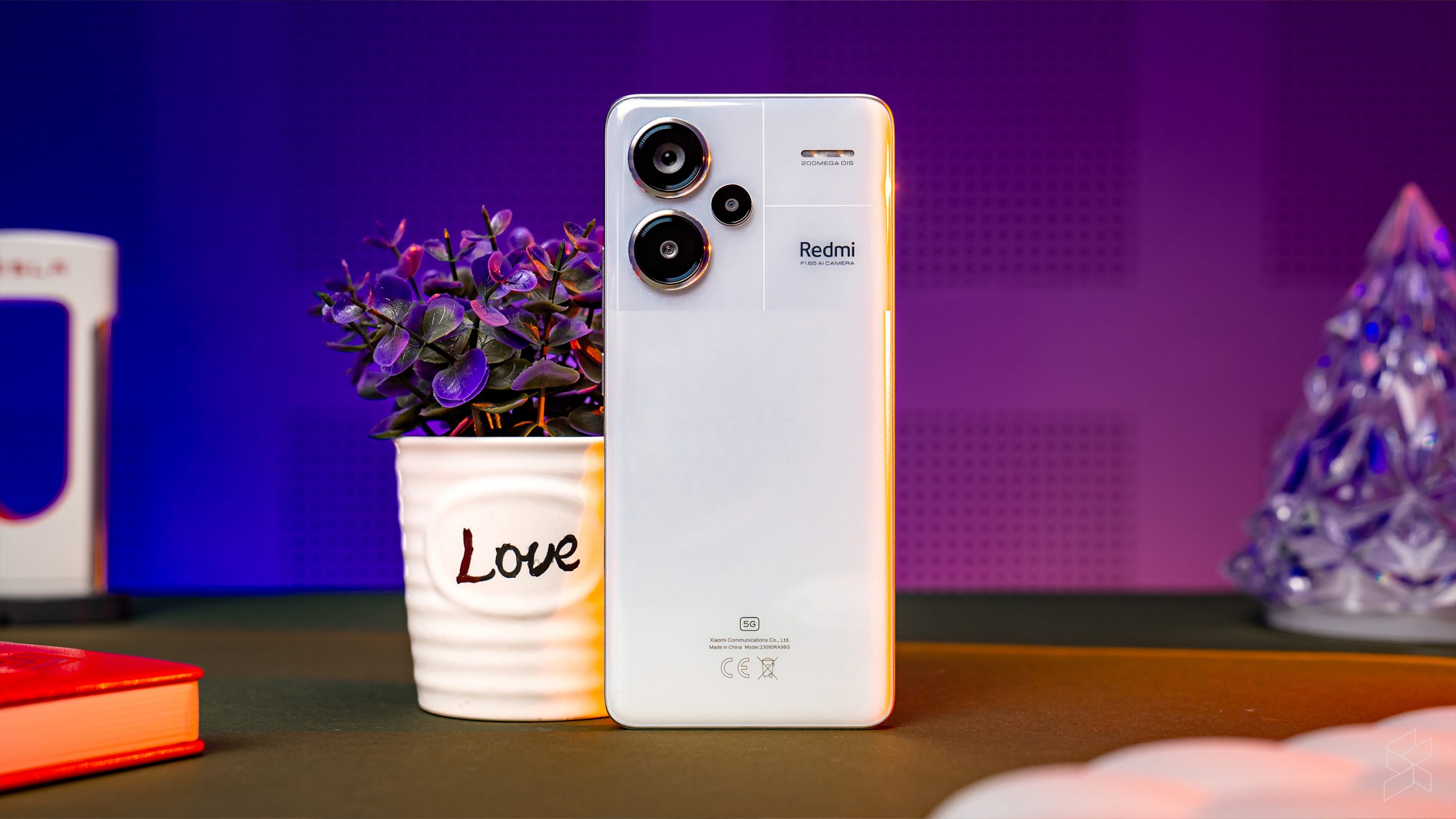
Nevertheless, the Redmi Note 13 Pro+ 5G does offer quite a lot in the camera department, at least based on my couple of days using it to snap some pictures here and there. While perhaps not the best smartphone camera I’ve seen, it’s certainly impressive considering the price range it finds itself in. At RM1,599, it severely undercuts not just the aforementioned Leica-equipped Xiaomi 13T, but also other camera-focused ‘premium upper midrange smartphones’ such as the Oppo Reno 11 Pro that goes for RM2,499 and the Vivo V29 that starts at RM1,899.
Of course, I’ll suggest you take into consideration the overall package before you pull the trigger, but like we mentioned at the start this is the most feature-packed Redmi Note ever. I only looked at its camera chops here so no full review (yet), but the Redmi Note 13 Pro+ 5G boasts features like an IP68 dust and water resistance rating, a MediaTek Dimensity 7200-Ultra system-on-chip, 120W HyperCharge fast charging and a 6.67-inch, curved CrystalRes AMOLED display pushing a 2712 x 1220p resolution with a 120Hz refresh rate.
Going back to its cameras though, from what I can tell the Redmi Note 13 Pro+ 5G’s 200MP main camera certainly was decent, but it’s that 2x in-sensor ‘lossless’ zoom that really packed a punch.

